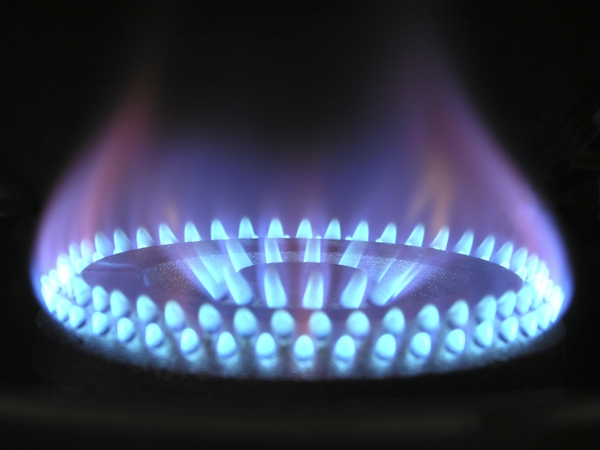Does Food Waste Heat Your Home?
 If you're like most Americans, there's something in your refrigerator that's past its prime. Maybe it's leftovers from last week's dinner. Maybe it's produce that you didn't have time to cook. Or perhaps it's a jar of salsa that you don't even remember buying.
If you're like most Americans, there's something in your refrigerator that's past its prime. Maybe it's leftovers from last week's dinner. Maybe it's produce that you didn't have time to cook. Or perhaps it's a jar of salsa that you don't even remember buying.
When you do get a chance to toss it out, you may think that's the end of the road. But if your garbage is collected by Vogel Disposal Service, there's much more to the story!
All of the municipal trash collected by the Vogel Holding family of businesses is transported to Seneca Landfill. (Recyclables are taken to TC Recycling.) The waste is deposited into cells lined with seven protective layers. The cell is capped to prevent trash migration or water infiltration.
Inside the cell, the food you threw away begins to break down. As it decomposes, it releases gases. One of those gases is methane. Because methane is a greenhouse gas, landfills are required to prevent it from entering the atmosphere. Many landfills simply burn off the excess methane, but Seneca Landfill has chosen to turn the problem into a proactive, environmentally responsible solution.
At Seneca Landfill, the methane gas is collected through gas wells and piped to our processing plant. There, it is refined and converted into a clean, usable form of natural gas.
Seneca Landfill uses some of the gas on-site to power and heat our buildings. Some of the gas is used by CNG (compressed natural gas) vehicles. The remainder of the natural gas is released into the pipeline and used to heat homes in our area or power gas stoves. Since 2011, Seneca Landfill has converted landfill gases into enough green energy to heat over 18,000 homes per year in Western Pennsylvania. Our supply of natural gas is a renewable resource and helps keep energy costs down.
In the end, your food waste is turned into useful natural gas that is a bigger, better resource for our communities.